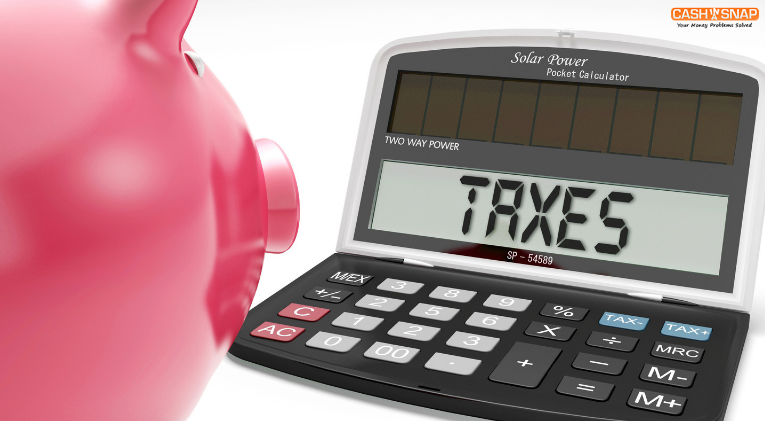The Tax Cuts and Jobs Act (TCJA) of 2017 ushered in sweeping changes to the tax system, particularly affecting the Child Tax Credit. While several tax perks were eliminated, the Child Tax Credit remains in place, but with double the amount of credit per child.

Here are key points to remember about the new law when filing your 2018 tax return.
Old vs. New Tax Returns
If you haven't filed your 2017 tax return yet, the old rules still apply, as the TCJA takes effect with your 2018 return. These new rules are set to remain in effect through 2025. In the old system, $1,000 per child was the maximum Child Tax Credit, ending December 25, 2017. The TCJA boosts the ceiling for this tax credit to $2,000 per child. Not all taxpayers, however, qualify for the maximum credit, as the main requirements now include:
- Parents must have at least one qualifying child
- The child must be under 17 on the final day of the tax year
- Children making income must not pay for over half of their own support
- Dependents must live with parents in their home for one half the year
- Each dependent must either be a U.S. citizen, national or resident alien
Additionally, each dependent must have a Social Security number and provide it to the IRS upon claiming credit in your tax return. In order to receive the Child Tax Credit, each child must be claimed as a dependent on your tax return. Another new feature to the tax credit is you can claim an extra $500 credit for adult dependents, amounting to what the TCJA calls a "family credit." Meanwhile, the old rules still apply for claiming adult dependents.
New Refunds
Before 2018, the old Child Tax Credit was nonrefundable. The credit could be used to pay the debt to the IRS but leftover credit could not be used. The new law consolidates both credits and allows for the additional credit to be potentially refundable. Starting in 2018 you may obtain a refund of up to $1,400 of the $2,000 Child Tax Credit.
Related Reading: Income Tax Brackets and Rates for the Tax Year 2018
Related Reading: Tax Deductions: How They Help in Retirement Planning
Related Reading: When Should You Expect Your Tax Refund in 2019?
Related Reading: Important 2019 Income Tax Deadlines You Should Not Miss
Related Reading: Income Requirements for 2018 Tax Filings


